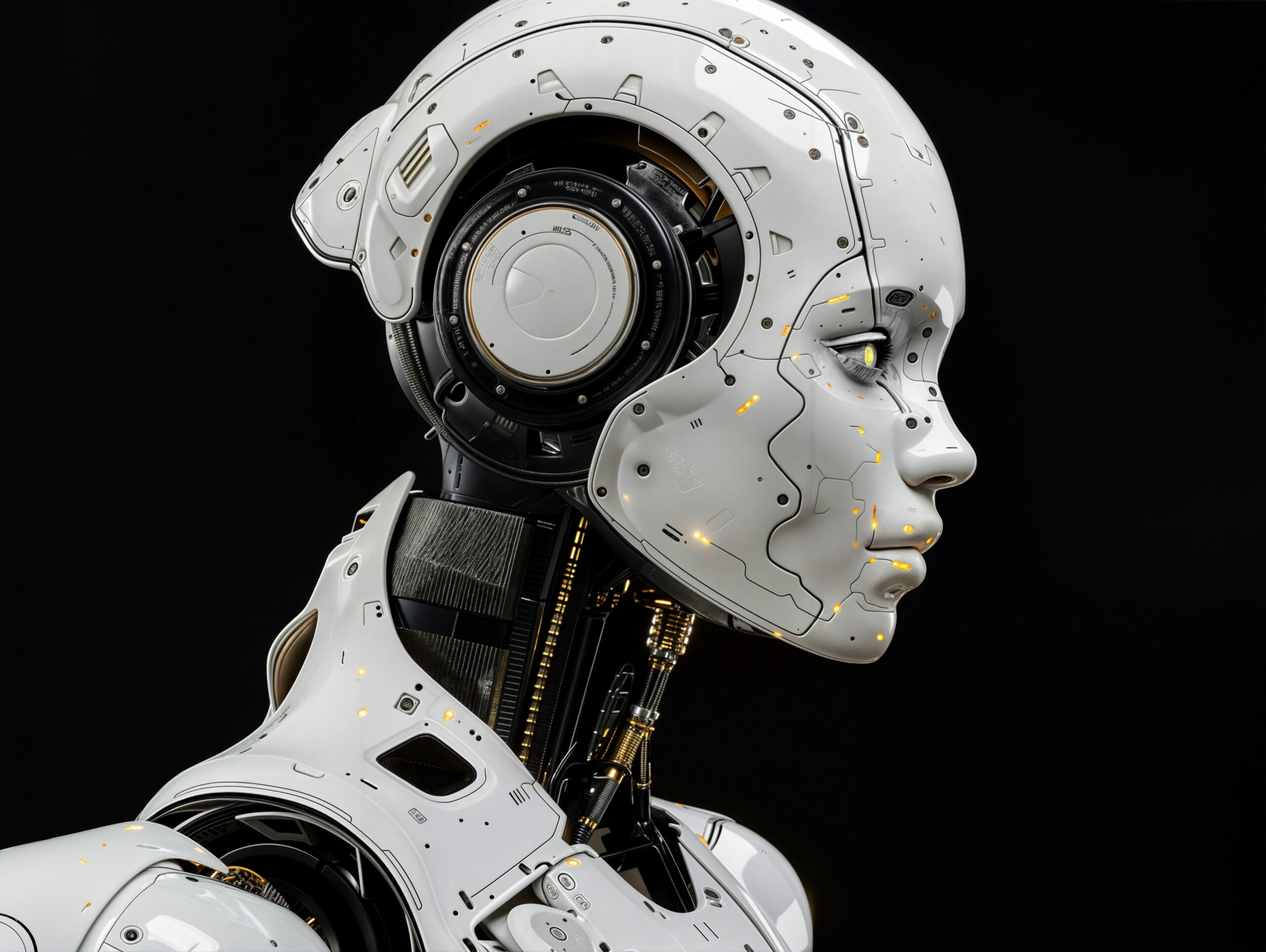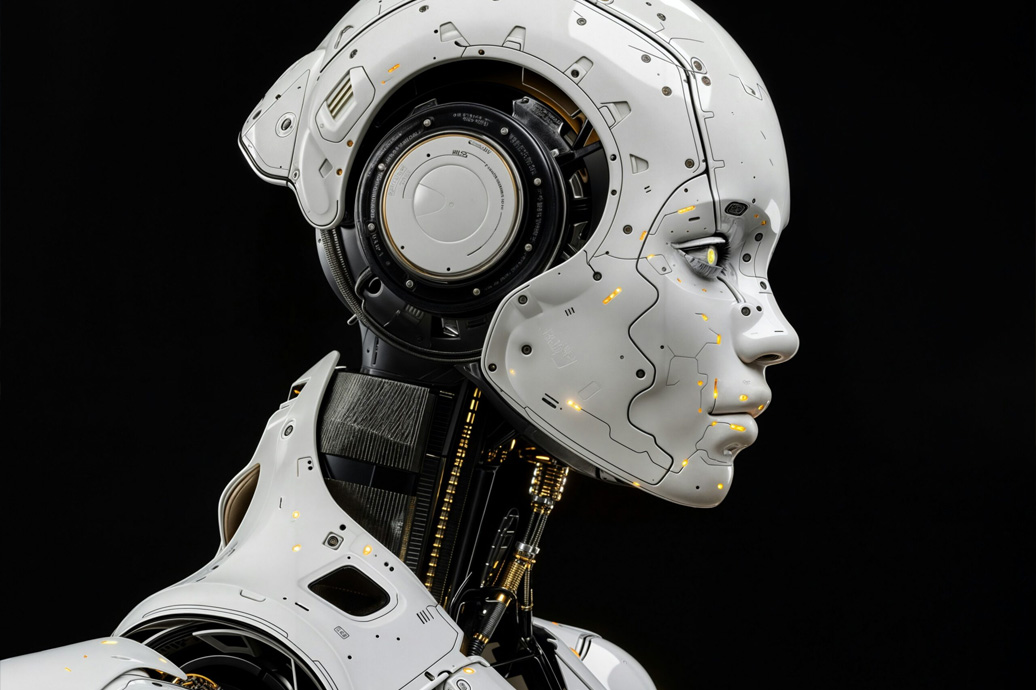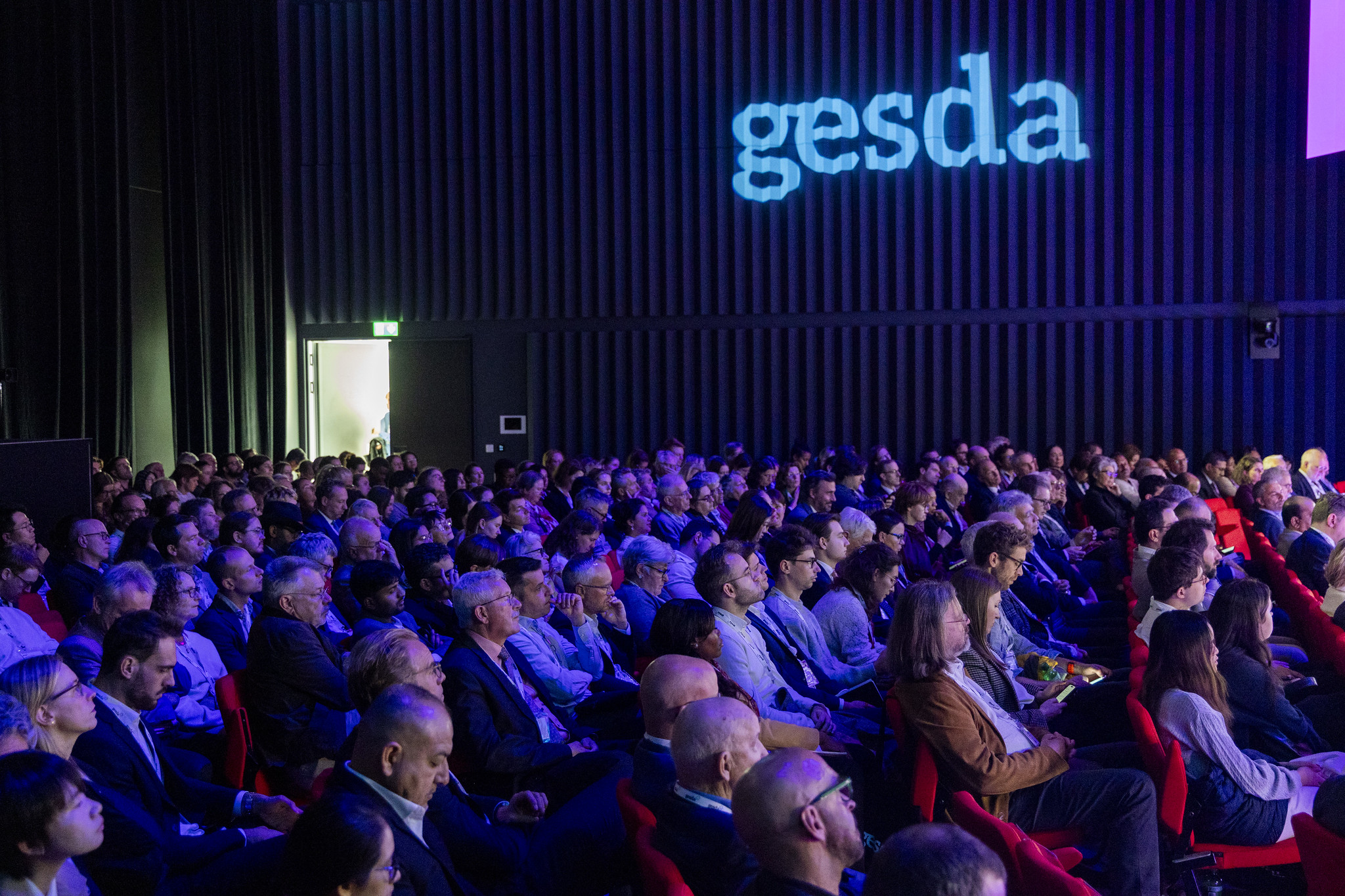Technologists have long dreamed of automating dull, dirty and dangerous jobs, freeing up humans for higher-value work. Advances in AI are at last opening up the prospect of smart, dexterous robots working alongside humans.
By John Heilprin
July 7, 2025
Most industrial robots today are deliberately isolated from workers due to safety concerns. Ideally, however, we would like robots to work seamlessly alongside or even in coordination with us.
Robots already are being used to do jobs that construction workers once did: building walls, putting in plumbing, laying bricks. The use of 3D printers and swarm robots is further accelerating the use of non-human resources to build structures.
UN-Habitat, eager to promote smarter and sustainable cities, has been casting a close eye at the benefits and risks of AI-powered robots reshaping urban life. Swiss authorities in partnership with Imperial College London inaugurated DroneHub last last year on the campus of EMPA, the Swiss Federal Laboratories for Materials Science and Technology, in Dübendorf. It has begun developing and testing flying robots that can inspect and repair building envelopes, interact with natural ecosystems, and monitor climate change and biodiversity.
Beyond construction, the 2024 Radar tells us AI-enabled health care robots show potential to assist in dealing with aging populations; autonomous vehicles may move in convoys through interaction with smart road environments; and industrial robots are increasingly safe to use in open environments alongside human workers.
Over the next quarter century, brain implants coupled to robust, verifiable AI systems may accelerate the development of brain-machine interfaces that augment human abilities. Despite recent breakthroughs in AI, however, robots’ cognitive systems still lack many of the abilities that humans possess when it comes to tasks such as robust perception, adaptive fine motor control, and adaptation to external conditions, says Radar contributor Chiara Bartolozzi, an expert in neuroinformatics and researcher at the Italian Institute of Technology.
“For this reason, robots tend to operate most reliably within precisely calibrated and controlled environments or for a predefined set of operations,” she says. “To perform in the world at large, they will need to reliably sense and plan their actions depending on, and continuously adapting to, the external environment and their internal state. If this can be achieved, they will be able to interact seamlessly with the environment and other agents to accomplish a range of different tasks, much as humans do.”
An ’embodied’ type of intelligence, based on two principles, will pose a real breakthrough in creating machines capable of gathering their own perceptions and reasoning. The first principle is that the way a body is built is instrumental to its perception of the external world and to its behavior and actions, according to Bartolozzi. The second is linking morphology, perception and action to improve the efficiency of the overall system.
Neuromorphic computing to create robots with embodied intelligence is essential for machines to display true hallmarks of cognition, she says, and for AI to be meaningfully intelligent. “Machines need to be aware of their environment, be self-aware of their own bodies, robustly interpret their own sensory data, and make decisions about the action that will best fulfil their task. Only then will we have robots that are truly fit for the real world.”
The Radar, particularly in its 2024 edition, aims to provide insights into future developments in robotics and AI. It highlights emerging trends and anticipated advancements in these fields over the next 5, 10, and 25 years.
Progress in robotics software and hardware: The integration of advanced AI into robotics is shifting from traditional software designs to more robust systems that combine perception, control, and planning capabilities. This transition could enhance the capabilities of robots, making them more adaptable and intelligent in their interactions with the real world.
Multimodal AI development: Future AI systems are expected to increasingly leverage multimodal inputs, meaning they can process and understand data from various sources (like visual, audio, and textual information) simultaneously. This capability will likely improve human-robot interaction, as robots will be able to understand context better and respond more naturally.
Embodied intelligence: There is an anticipated shift towards robots having embodied intelligence, allowing them to physically interact with their environments in more meaningful ways. This involves robots developing a deeper understanding of their surroundings, potentially leading to more sophisticated and effective actions in real-world applications.
Human-robot collaboration: As robots become more capable, they are expected to seamlessly integrate into various sectors like logistics, healthcare, and manufacturing. The focus will be on creating environments where humans and robots can work as teams, enhancing productivity and efficiency.
Data and power requirements: One of the challenges that come with these advancements is the significant data and computational power required for AI systems. This necessitates improvements in robotic hardware, such as better battery technology and energy-efficient chips to enhance the operation of mobile robots and ensure they are viable for widespread use.
Ethical and societal implications: With rapid advancements in AI and robotics, there are pressing ethical questions that need to be considered, such as the potential impact on employment, privacy concerns, and the decision-making processes of AI systems in critical areas like military applications.
Overall, the Radar reflects a forward-looking approach, anticipating how advancements in robotics and AI can redefine human experiences, interactions, and societal structures. It encourages ongoing discussions about the implications of these technologies and the need for thoughtful governance and ethical considerations in their development and deployment.

At right: The Frankfurt-based International Federation of Robotics keeps track of trends. It said in January the global market value of industrial robot installations reached an all-time high of $16.5 billion and future demand will be driven by a number of technological innovations, market forces and new fields of business. (IFR)
Where the science and diplomacy can take us
The 2024 GESDA Science Breakthrough Radar®, distilling the insights of 2,100 scientists from 87 countries, anticipates that rapid advances in AI will keep transforming robotic software, replacing hand-engineered, modular systems with massive models that can simultaneously solve perception, control, and planning. Caution is warranted though, as these models are data and power hungry, and their decision making is hard to decipher.
Based on the Radar, here’s where we stand in several important areas. Key Radar references:
→ 
→ 
→ 
→ 
→ 
→ 












